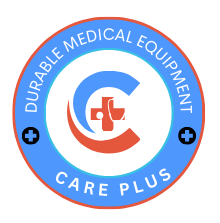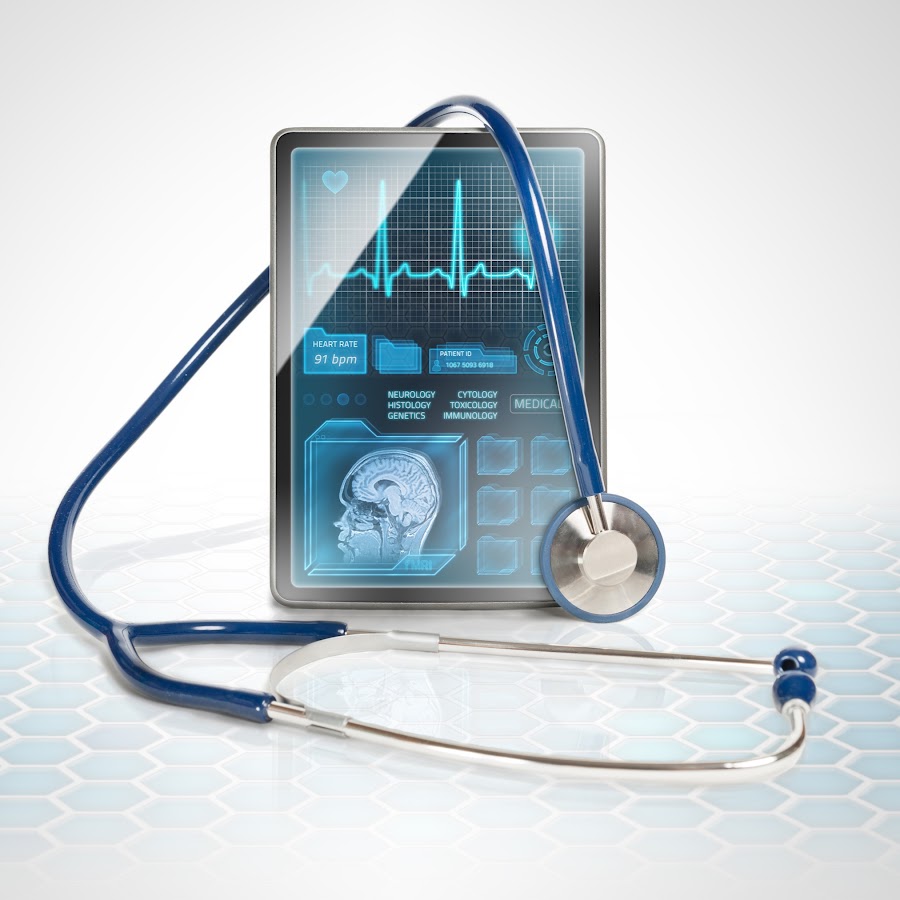Smart Home Medical Devices 2025: Revolutionizing Care
Smart Home Medical Devices 2025 mark a groundbreaking evolution in digital health and patient care. With advanced telehealth technology, these connected innovations are enabling real-time health data exchange between patients and doctors, redefining how healthcare is delivered. From wearable ECGs to glucose monitors and blood pressure monitors, patients can now access accurate medical insights without frequent hospital visits, making healthcare more efficient, accessible, and personalized.
As we move deeper into 2025, Smart Home Medical Devices are at the heart of the Internet of Medical Things (IoMT) revolution — bridging the gap between home and hospital. What was once the exclusive domain of clinical settings—continuous monitoring of vital signs, immediate data analysis, and proactive interventions—is now part of daily life.
The Rise of Smart Home Medical Devices in 2025
The global market for Smart Home Medical Devices 2025 is projected to surpass $63 billion, driven by innovation in AI, IoMT, and connected devices. These tools deliver real-time data to clinicians, allowing for personalized treatment and improved clinical decision-making.
By integrating Artificial Intelligence (AI) and predictive analytics, smart monitoring devices are transforming chronic disease management, especially for patients with long-term chronic conditions such as diabetes, hypertension, and heart disease.
Learn more about data protection standards at Safe4.
Key Trends Shaping Smart Home Medical Devices 2025
1. Advanced Wearable Devices
In 2025, wearable technology is no longer just fitness-oriented—it’s an integral part of digital health. Advanced wearable ECG monitors, blood pressure monitors, and glucose monitors now provide continuous real-time health data that allows for early detection of health risks like atrial fibrillation.
A study in the Journal of Medical Internet Research confirms that these wearables can detect heart irregularities with over 90% accuracy, helping prevent strokes and other serious conditions.
Read more about digital innovations at Globhy.
2. Integration with AI and Predictive Analytics
AI-driven analytics empower Smart Home Medical Devices to interpret health data and predict potential health issues before they occur. Through predictive modelling, healthcare systems can forecast glucose fluctuations, detect irregular heart rhythms, or even anticipate falls among elderly patients.
This AI-IoMT integration transforms healthcare into a proactive, patient-centred system. Learn more about healthcare analytics trends at IQVIA.
3. Telehealth and Virtual Doctor Visits
The pandemic accelerated the adoption of telehealth, and in 2025, the integration of Smart Home Medical Devices will take it to the next level. Virtual consultations are now supported by real-time data from connected devices, allowing doctors to perform remote diagnostics and personalize treatment plans.
This evolution not only reduces hospital visits but also improves patient outcomes. According to Health Law Policy, secure frameworks are being implemented to protect patient data in virtual care models.
Benefits for Patients and Providers
For patients managing chronic conditions, Smart Home Medical Devices 2025 provide independence, convenience, and confidence. Devices such as glucose monitors, wearable ECGs, and blood pressure monitors empower users to monitor health continuously, enabling faster responses to abnormalities.
Healthcare providers gain access to rich real-time health data, enhancing clinical decisions, streamlining diagnostic tools, and improving patient care efficiency. According to studies cited by Netscape Health, such systems can reduce hospital readmissions by up to 25% and healthcare costs by 10–15%.
Real-World Applications of Smart Home Medical Devices 2025
1. Continuous Glucose Monitoring (CGM)
Glucose monitors track blood sugar levels and alert patients or caregivers to fluctuations, dramatically improving chronic disease management.
2. Wearable ECG Monitors
Wearable ECG devices like Apple Watch detect atrial fibrillation early, preventing life-threatening complications.
3. Smart Fall Detection Systems
Monitoring devices equipped with radar and AI can detect falls with 95% accuracy and automatically alert emergency responders.
4. Smart Medication Dispensers
These connected devices ensure medication adherence by reminding patients of schedules and notifying caregivers of missed doses.
Challenges in Smart Home Medical Device Adoption
While the potential is vast, Smart Home Medical Devices 2025 face key challenges:
- Data Security & Privacy: Safeguarding sensitive health data is crucial. Learn about secure data systems at Safe4.
- Regulatory Compliance: As highlighted by Health Law Policy, compliance ensures safety and quality but can delay innovation.
- Interoperability: Ensuring connected devices communicate seamlessly with EHRs and healthcare systems is critical for efficiency.
The Future of Smart Home Medical Devices 2025
As digital health evolves, Smart Home Medical Devices 2025 will be the cornerstone of predictive, personalized, and participatory medicine. IoMT and AI will enable real-time insights that help doctors make informed clinical decisions and patients take control of their own health.
By merging technology, analytics, and compassion, we move toward a future of connected, intelligent healthcare, where improved patient outcomes are achieved not just in hospitals, but in every home.
What are Smart Home Medical Devices 2025?
They are connected monitoring devices powered by IoMT and AI that provide real-time health data to doctors and patients for improved diagnosis, treatment, and chronic disease management.
How do these devices improve patient care?
By continuously tracking vital signs like heart rate, glucose, and blood pressure, they reduce hospital visits and help personalize treatment plans.
What are some examples of Smart Home Medical Devices?
Popular examples include glucose monitors, wearable ECG devices, blood pressure monitors, and smart medication dispensers.
Are Smart Home Medical Devices secure?
Yes. Solutions from Safe4 and compliant telehealth platforms ensure encrypted data transfer and secure patient privacy.
What role does AI play in these devices?
AI enhances diagnostic tools, supports clinical decisions, and enables predictive insights that prevent health crises before they occur.




